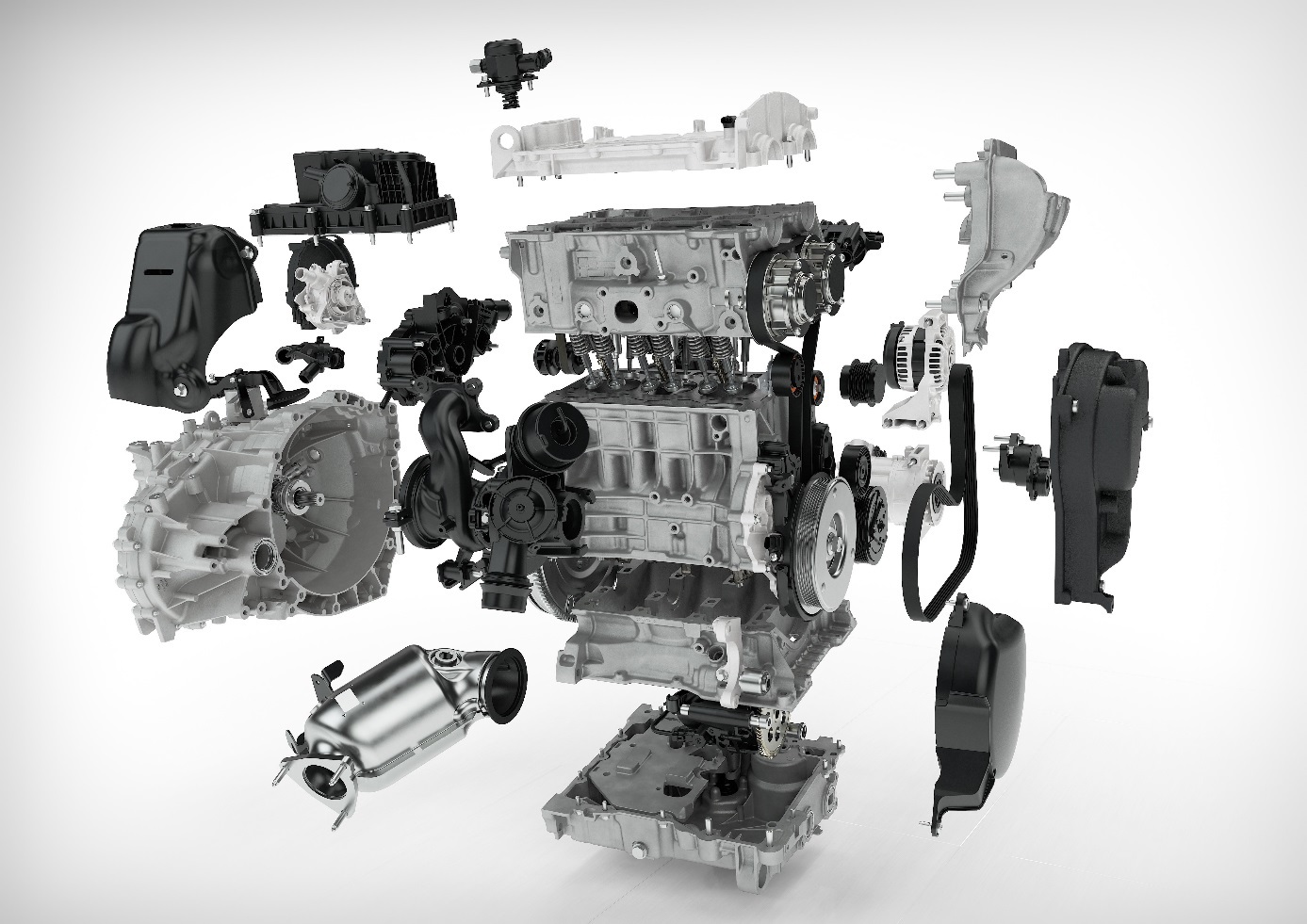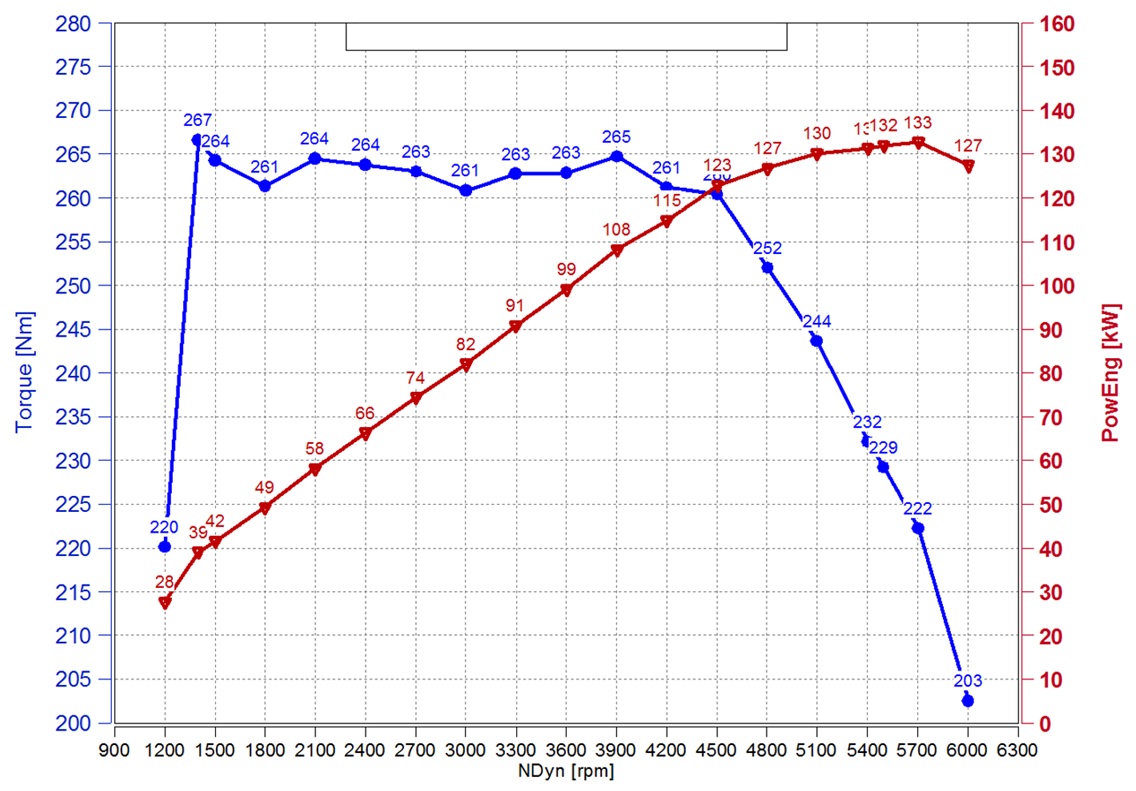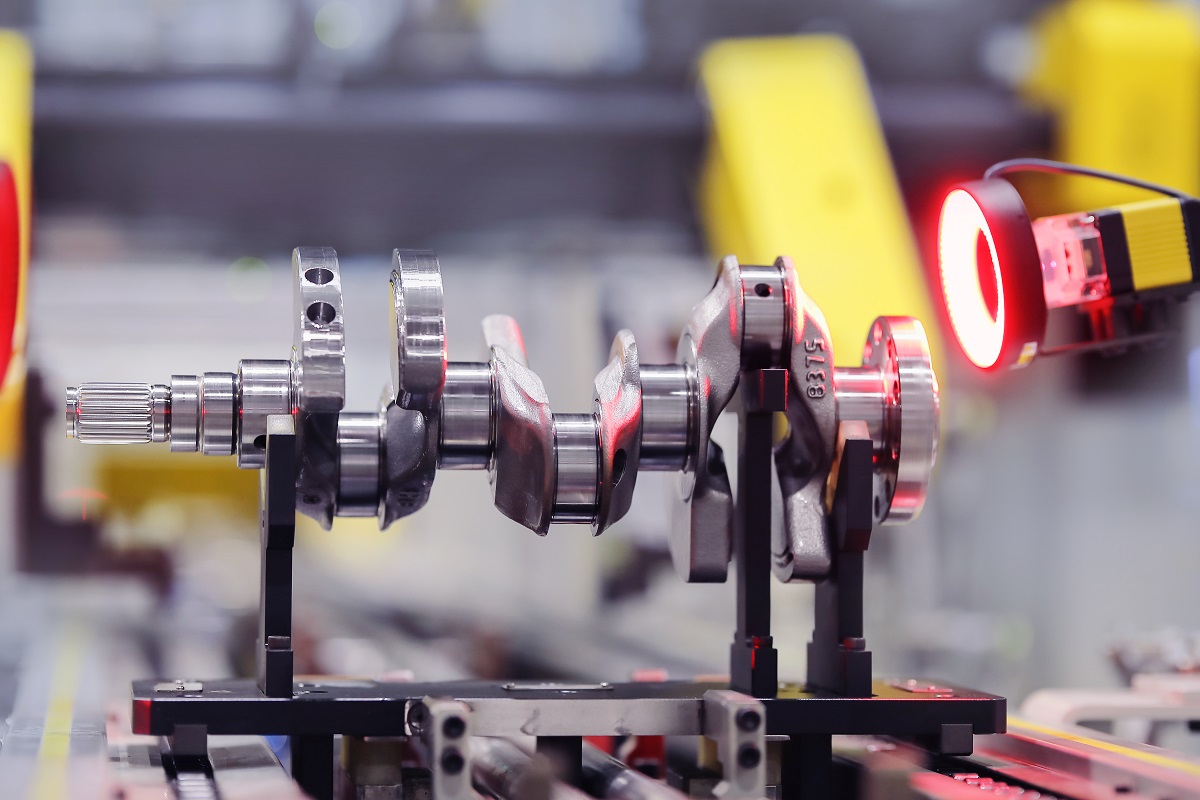A Q&A with Håkan Sandquist
Taking a look at Geely’s newest engine family we talk to Dr. Håkan Sandquist, Geely’s Director of Powertrain Strategy at CEVT.
In 2010, after Volvo joined Geely, the two saw the future trend in the automotive industry where sustainability would be key. Emission regulations and rising fuel costs would result in demand for more efficient engines and a transition to electrification. To meet this demand Volvo, with Geely’s support, developed its latest VEA – Volvo Engine Architecture, a new modular engine architecture for three and four cylinder engines developed from the onset to support electrified powertrain systems. Developed with sustainability in mind, the 1.5TD has the potential to meet even the most stringent future Euro 7 emissions and global fleet CO2 targets past 2030.
Why the move towards lower displacement engines?
The move towards lower displacement smaller engines came naturally as they’re more efficient and with the help of modern engine technology provide the same power as larger engines. For compact models, a three cylinder is perfect for a variety of reasons: the smaller size leaves room for hybrid systems and gives designers more freedom; the lighter weight improves fuel economy and makes it easier to achieve a 50:50 chassis weight balance in front wheel drive models, further improving drive performance.
How did Geely and Volvo address consumer concerns over three cylinder engines?
The main concern consumers have with odd-numbered cylinder engines is perceivable engine vibration. However, Geely and Volvo did not think this was an unsolvable problem. For years, Volvo has utilized a five cylinder engine and has extensive experience developing engines for the premium market segment.
The latest engine technology in the Geely 1.5TD engine, such as counterweighted crankshafts, dual mass flywheel with centrifugal pendulum absorber damper, single balancing shaft, low noise timing belt, high stiffness oil pan, asymmetric oil pump impeller, engine compartment and vibration dampener have effectively eliminated perceivable engine vibrations for the driver and passenger. NVH (noise, vibration and harshness) in models utilizing Geely’s 1.5TD engine is on par or better than some equipped with four cylinder engines.
With the support of electrified systems, perceivable vibrations can be reduced even further. Most vibration is felt during the engine start-up period and at lower engine speeds. However, with the addition of hybrid electric systems engine start-up can be made near instantaneous and lower driving speeds can be assisted by the electric motor.
Don’t smaller engines mean less power?
Powertrain technology today is very mature. Today’s state of the art technologies such as low-inertia turbochargers, superchargers, continuous variable valve timing, direct injection, intelligent engine heat management systems, low-friction camshafts and electric power assist have made it possible to offer low displacement engines that provide similar power to V6s.
All Volvo Engine Architecture engines are designed to accommodate a variable combination of turbochargers, superchargers, and electric systems, which allow Volvo and Geely to offer consumers different levels of power output within the same engine family.
In the process of developing our new engine family, we looked at the leaders in the industry for state-of-the-art technology and benchmarked against them. Based on the VEA, we developed engines with the best balance in performance, fuel efficiency, refinement and cost.
With the 1.5TD, we set out to create a highly responsive, compact and powerful premium-quality three-cylinder engine. With its low inertia turbocharger, traditional turbo lag is minimized and nearly imperceptible while giving the engine the endurance it needs at higher speeds. The 1.5TD provides smooth linear power output similar to much larger displacement naturally aspirated engines.
Where was the 1.5TD engine developed and where are they produced?
The 1.5TD was jointly developed by Geely and Volvo at Volvo’s R&D centre in Gothenburg, CEVT China Euro Vehicle Technology in Gothenburg, and the Geely Research Institute in China. The Volvo Engine Architecture developed by Volvo under Geely forms the foundation of the 1.5TD.
Volvo and Geely tested and validated the 1.5TD above and beyond the industry standard. The 1.5TD engines are designed to last 15 years or a distance of 350,000 km, both much higher than the industry standards of 10 years or 200,000 km.
The 1.5TD engines are produced in powertrain plants around the world following the Volvo Global Manufacturing System. The engines share over 90% of the same global suppliers through Geely global joint procurement system.
What does it mean when Geely and Volvo say the 1.5TD was developed specifically to support electrification?
Both Geely and Volvo believe that electrification is the future and Volvo has promised that every model it sells will come with an electrified option. While the future is electric, the present is still very much powered by internal combustion.
We’re in a transition period in which different levels of electrification are needed in different markets. Having predicted this outcome when the idea of VEA was conceived, all its engines are designed to support electrification. As a modular engine architecture, VEA engines are essentially designed with plug and play support for electrified systems. The 1.5TD has native support for MHEV, REV, HEV, and PHEV powertrains.
Geely and Volvo have developed three base variants of the three-cylinder engine so far. Additional tuning has also been made to meet the localized needs of different markets. The three cylinder engines are all turbocharged and include port fuel injection (PFI) or direct injection (DI). The latest variant, 1.5T Miller has been designed specifically for HEV application by adjusting variable valve timing to enable the engine to run on the fuel efficient miller cycle.
Table 2: Base engine specifications of 1.5TD family
| 1.5T (PFI) | 1.5TD (DI)* | 1.5T Miller (PFI) | |
| Displacement (mL) | 1477 | 1477 | 1477 |
| Bore (mm) | 82 | 82 | 82 |
| Stroke (mm) | 93.2 | 93.2 | 93.2 |
| Compression ratio (-) | 10:1 | 10.5:1 | 11.5:1 |
| Minimum BSFC (g/kWh) | 238 | 232 | 220 |
| Rated power (kW/rpm) | 110/5500 | 132/5500 | 105/5500 |
| Maximum torque (Nm/rpm) | 226/(1500-4000) | 255/(1500-4000) | 215/(2500-4000) |
*With RON 95 fuel, Geely Auto recommends RON 92 fuel which results in a slightly lower rated power and torque of 130kW/255Nm
How do electrified systems help reduce or eliminate the shortcomings of the three cylinder design?
Electric systems enhance the advantages of low displacement engines – even the most basic 48V BSG mild hybrid can improve fuel efficiency by 15% in an already efficient three cylinder engine. Electric power offers assistance in low speed drive and engine start-up where vibration is most commonly felt. Electric motors also add instant torque and power which is useful for low-speed driving.
Dr. Håkan Sandquist is the Director of Powertrain Strategy at CEVT China Euro Vehicle Technology. He has spent over 20 years researching and developing powertrain technologies for Volvo, Geely, and other engineering firms. Dr. Sandquist received his Ph.D in Internal Combustion Engines at Chalmers University of Technology in 2001 and has been working with powertrain electrification for more than 10 years.









